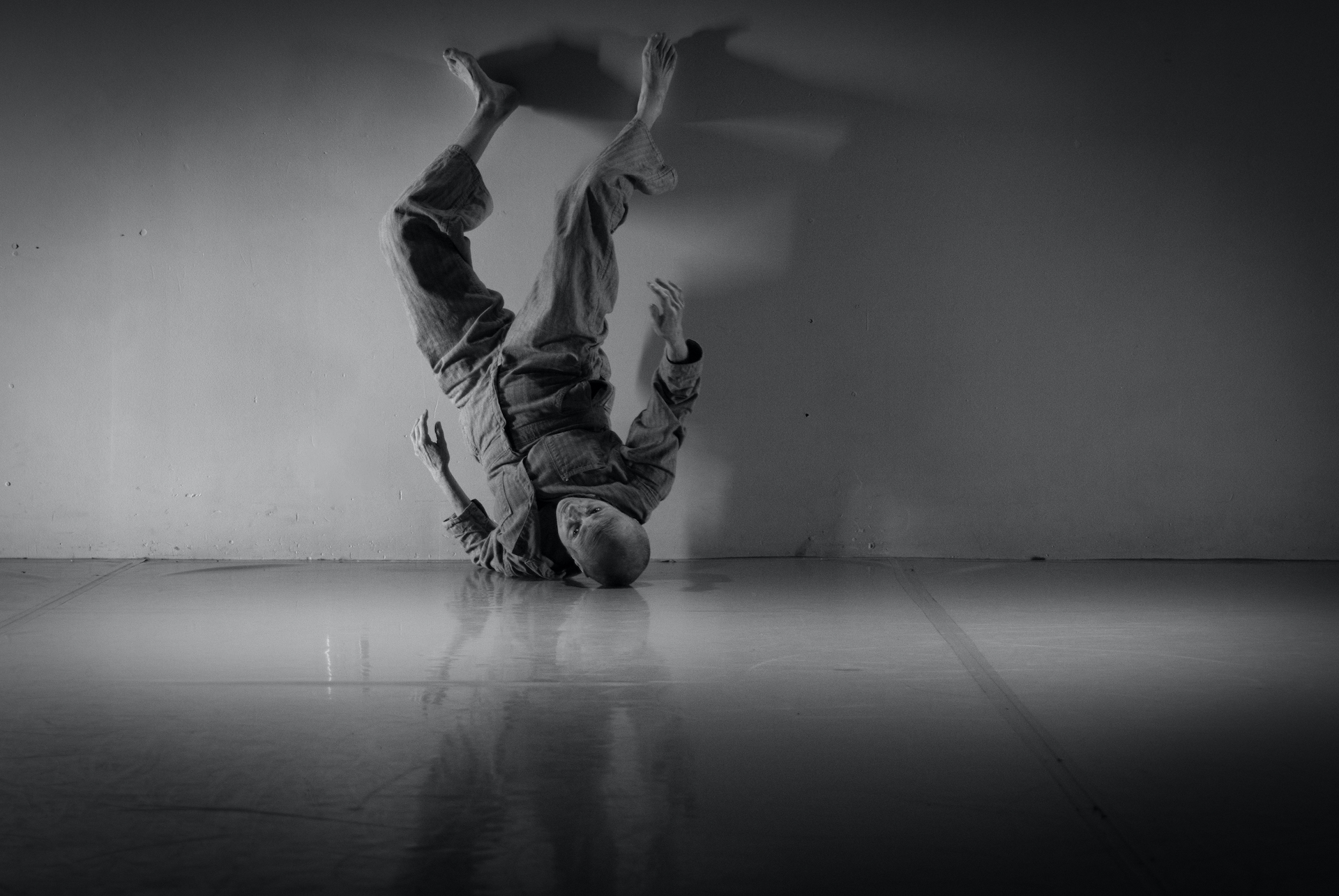The Asheville Butoh Collective serves as a hub for the creative work of Julie Becton Gillum, Jenni Cockrell , Rebecca Schoenecker, and Constance Humphries as well as the Asheville Butoh Festival which is entering its 14th season. The collective brings together diverse artists with over seventy-five cumulative years of professional dancing, choreographing, collaborating, and teaching.
Julie Becton Gillum, artistic director of the Asheville Butoh Festival, has been creating, performing and teaching dance in the US, France, and Mexico for over 40 years. Julie has received numerous grants and awards for her choreography. She was awarded the 2008-09 NC Choreography Fellowship and used the funds to travel to Japan to study Butoh, her primary form of artistic expression. (ashevillebutoh.com/legacy-
Jenni Cockrell of strange daughters butoh is a dancer, choreographer and teacher of butoh and modern dance. She has created and performed her own work in addition to that of Asheville Contemporary Dance Theatre, Moving Women, Legacy Butoh and Anemone Dance Theater, and has regularly performed in the Asheville Fringe Arts Festival. She received her M.A. in Dance and Women’s Studies from UNC Greensboro in 2002. (strangedaughtersbutoh.
Rebecca Schoenecker began studying butoh in 2016. Her first class involved crawling around like a scorpion; she was hooked and has been studying since! Rebecca’s butoh studies intersect with her work as a professional artist, tarot reader, and witch. She teaches occasionally and is a volunteer coordinator with the Asheville Butoh Collective. (https://www.rebeccaschoenecker.com)
Constance Humphries has been making, performing and teaching live performance internationally since 1987. Her creative practice is based on investigations via butoh dance. She holds degrees from UNC Chapel Hill and UNC Asheville. Recent projects include the Just Gather Film Festival, Edinburgh, UK , Help! at BALTIC Centre for Contemporary Art, Newcastle, UK and a residency at Experimental Studios, Newcastle, UK. (constancehumphries.com)
Butoh History: Originating in post WWII Japan, butoh is a potent and revolutionary dance form. Butoh uses the body brazenly as a battleground to attain personal, social or political transformation. In its early forms, butoh embraced and referenced Western artistic movements; German Expressionism, Dadaism, Surrealism, Existentialism and Fluxus, all of which pervaded the Tokyo underground and the avant-garde arts scene at that time. In fact, the cofounders of butoh, Tatsumi Hijikata and Kazuo Ohno trained in German modern dance, which was integral to the development of German Expressionism. But, eventually they took opposite approaches to their dance making. Hijikata’s work became known as ankoku butoh (dance of utter darkness); and, he embraced the grotesque and the absurd, exploring themes of sacrifice, struggle and death. Ohno’s butoh was playful, humorous and filled with light and life. Today’s butoh is influenced by both Hijikata and Ohno and wrestles to balance those contrary approaches. Philosophically, butoh slips between the cracks of definition in order to reveal the fervent beauty of the unique human spirit.
